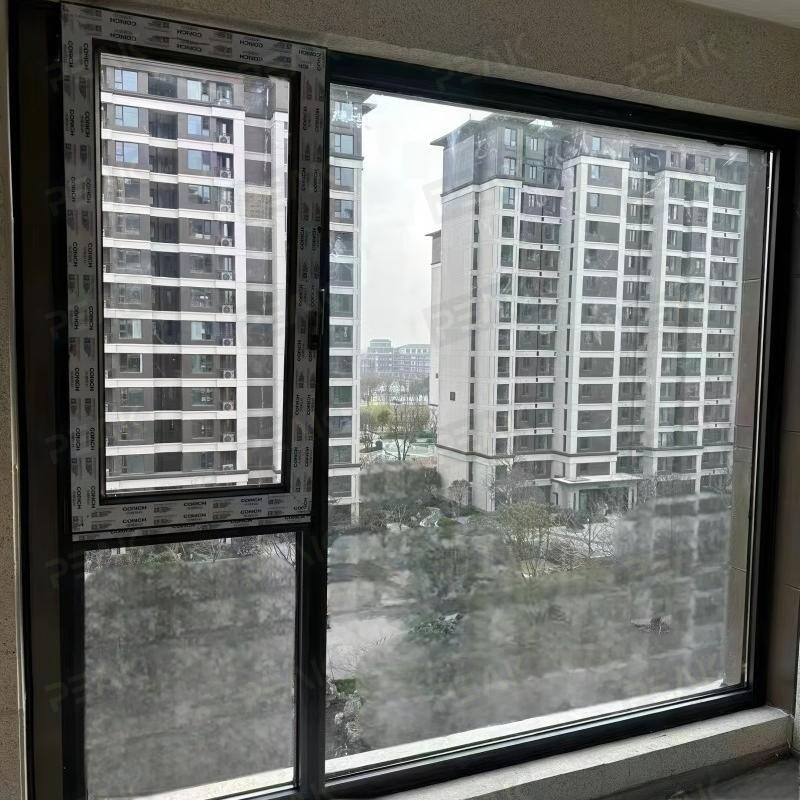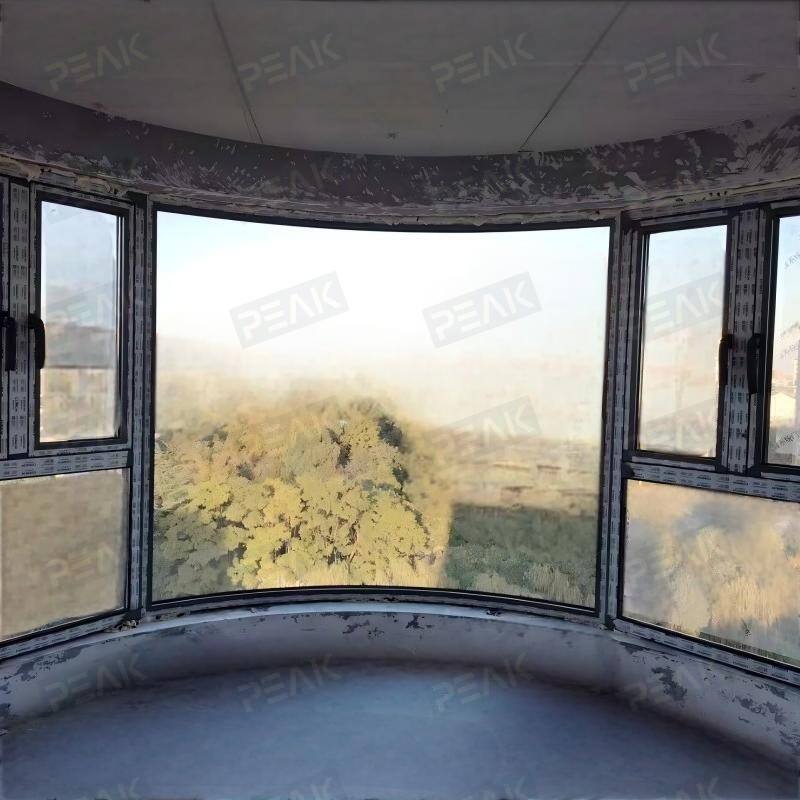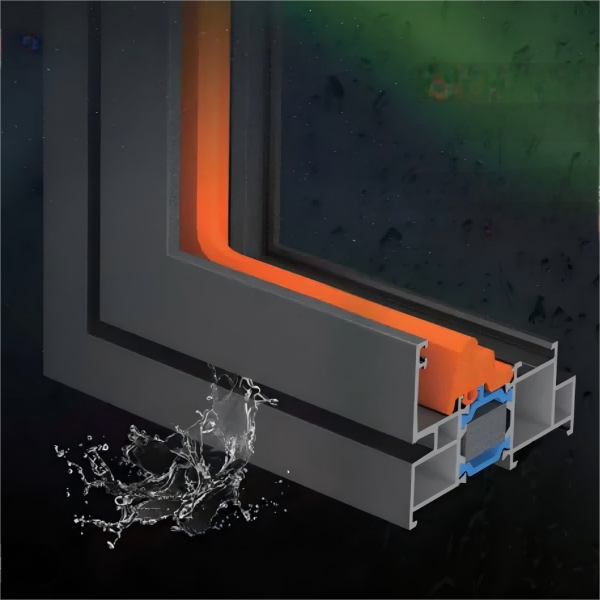popular dustproof & antismog doors and windows
Popular dustproof and antismog doors and windows represent a significant advancement in modern building solutions, designed specifically to combat air pollution and ensure indoor air quality. These innovative systems incorporate advanced filtration technology and specialized sealing mechanisms to create an effective barrier against outdoor pollutants. The core technology consists of multi-layer filtration systems that can block particles as small as PM2.5, while maintaining proper ventilation. These installations feature high-density weather stripping, multiple locking points, and pressurized sealing systems that work together to prevent air leakage. The windows often include specialized mesh screens with electrostatic properties that capture dust and pollutants, while the doors utilize advanced weatherstrip technology to ensure airtight sealing when closed. Applications range from residential homes in urban areas to commercial buildings in industrial zones, making them particularly valuable in cities with high pollution levels. The systems are designed to be energy-efficient, maintaining indoor temperature while filtering incoming air, and can be integrated with smart home systems for automated operation and monitoring of air quality levels.


